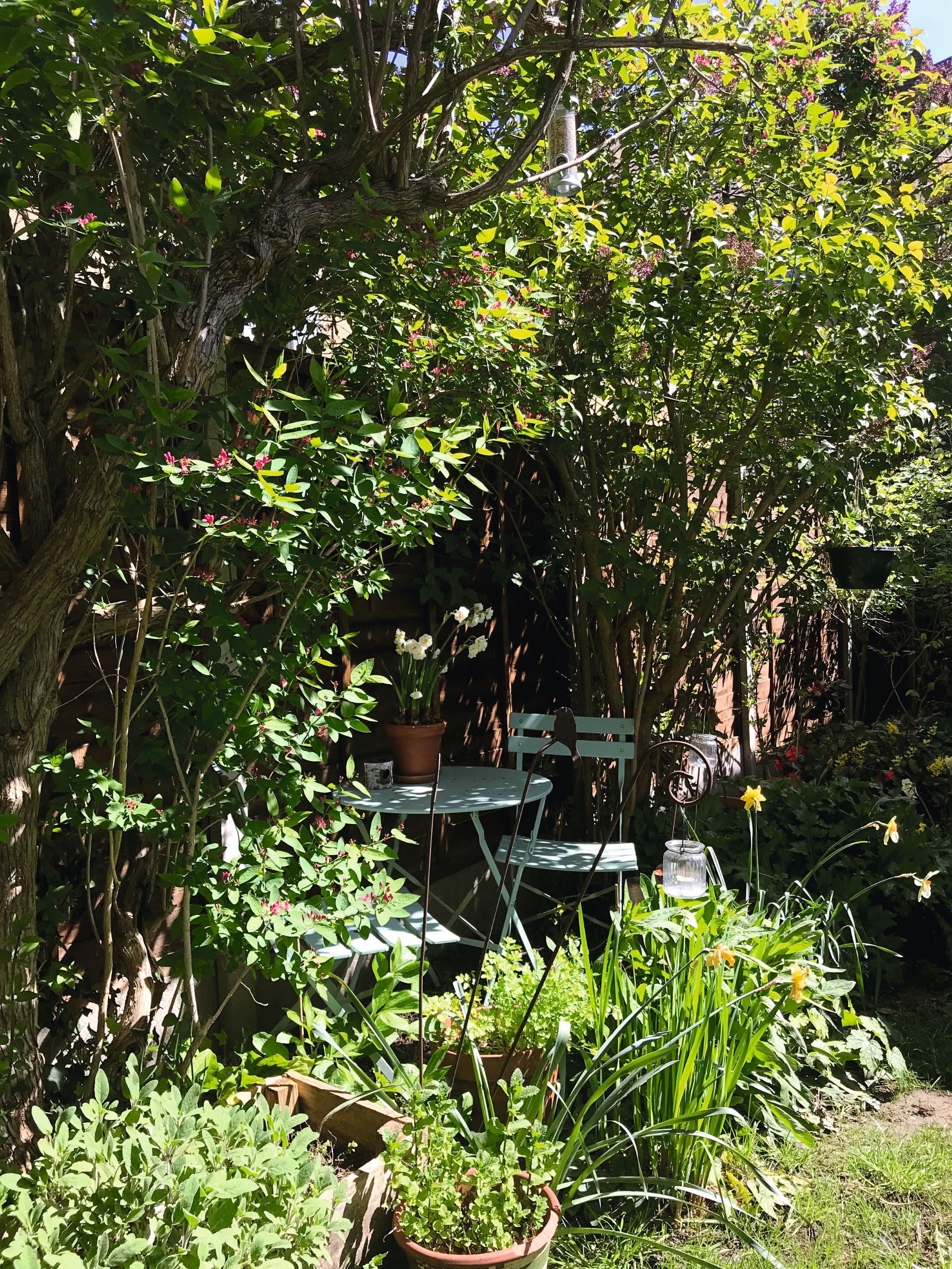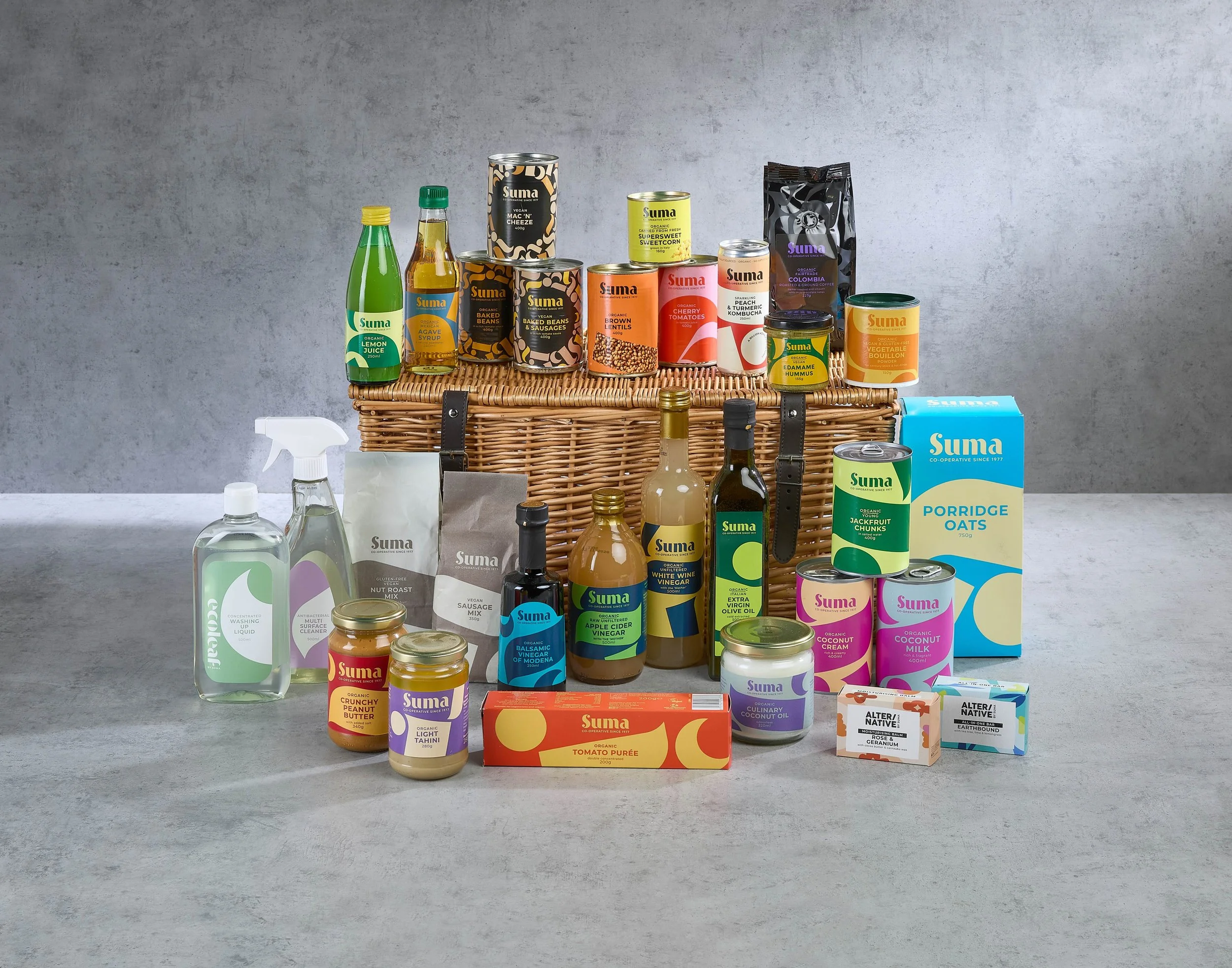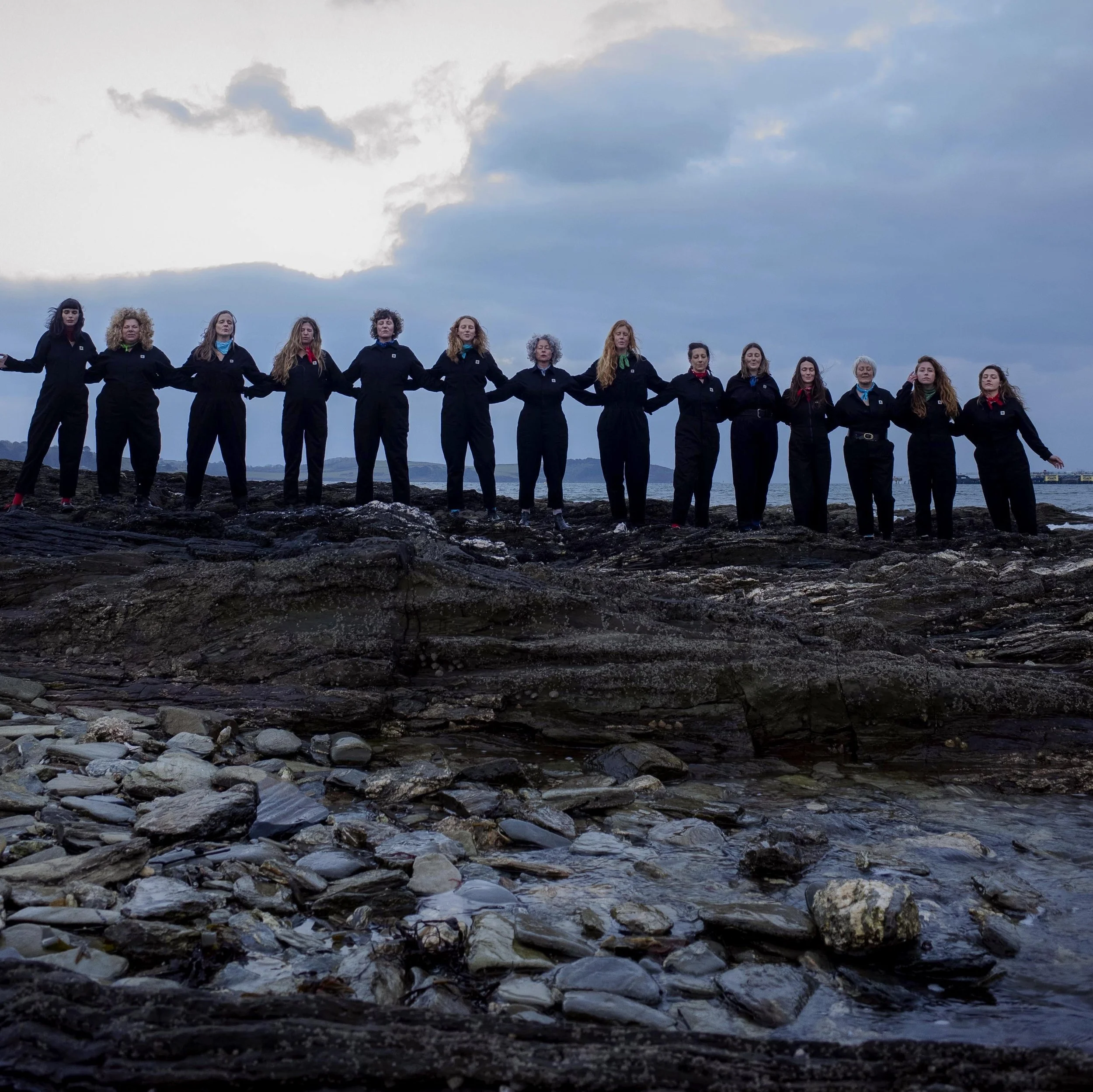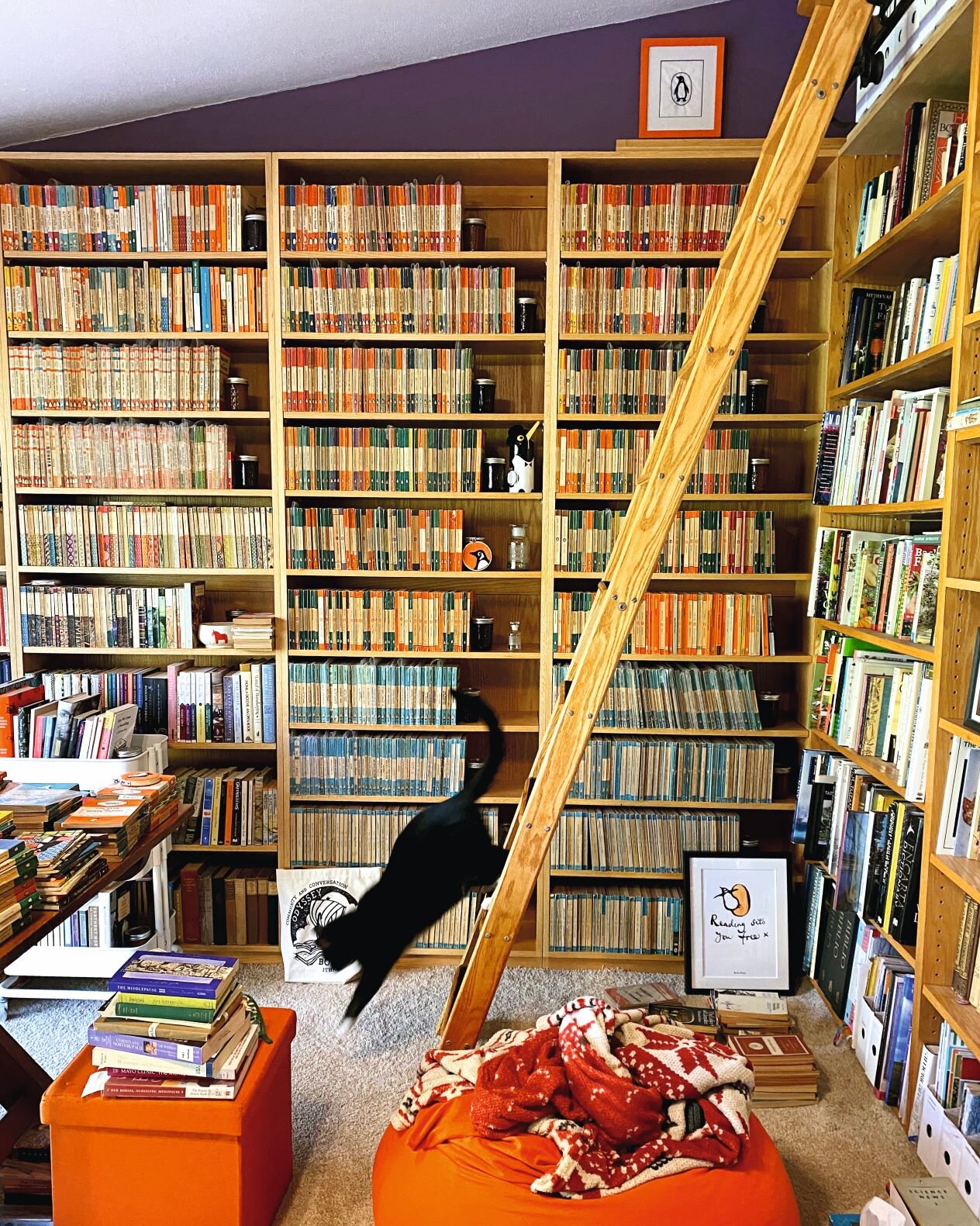Photography by @mycambridgefairytale
One should never underestimate the value of an excellent chair. Here, we look at a few chairs that have made history…
1. King Edward’s Chair
Used for every English monarch’s coronation (other than Mary II since she was crowned jointly with William II) since the 14th century this is quite a place to rest one’s royal bottom. Edward I commissioned the grand wooden throne to house the Stone of Scone (on which Scottish monarchs were crowned) after he stole it from Scone Abbey in Perthshire in 1296. It was rightfully returned to Scotland in 1996. One less thing for His Majesty to dust, too. It was originally gilded and covered with glass mosaic. Four gilt lions were added as feet in the 16th century. Today, it basically looks very old and very wooden but you can still just about make out animals and foliage depicted on the back.
2. Christine Keeler’s chair
The most iconic image of the Profumo Affair, which brought down Harold Macmillan’s government, is of Christine Keeler sitting astride a back-to-front chair, naked, and looking slightly over the whole thing, we might add. But the chair is as much the star of the photo as Keeler. It’s an imitation of a design by Danish artist Arne Jacobsen, who later created the iconic ‘Egg’ chair, too. Keeler’s chair was a cheap copy of Jacobsen’s Model 3107, bought from Heal’s in London. The photo caused national outrage… imagine if he hadn’t turned the chair back to front…
3. The Mastermind Chair
Striking fear into the hearts of quiz-goers for decades, the black ‘soft pad lounge chair’ was designed by Charles and Ray Eames in 1969. Two of them were originally bought for the first 25-year run of Mastermind and they would travel the country with the show by lorry. In 1979 one of them was held to ransom by students of the University of Ulster to demand money for their Cambodia Relief Fund. The chair was eventually negotiated to freedom without the exchange of any cash,
4. Roald Dahl’s Writing Chair
Seated in his large, brown wingback chair, which once belonged to his mother, Dahl created entire worlds that have enchanted generations of children ever since. The chair was the basis of a very particular writing set up. Dahl wrote for two hours in the morning and two in the afternoon. Having got comfy, Dahl would prop a rolled up piece of corrugated cardboard on his knees, and on top of that he rested a board he’d made himself, covered in green baize. He would then sharpen six Dixon Ticonderoga pencils and write on yellow legal paper. The chair, in its now threadbare state, can be seen in the Roald Dahl Museum in Great Missenden.
5. Blofeld’s Swivel Chair
Which of us can honestly say we haven’t at some point sat in an office chair and swung it round dramatically, while stroking a pretend fluffy white cat just for laughs? We have the G Plan 6250 to thank for that. Arguably the most famous chair ever to appear on the silver screen, and housing Blofeld’s behind admirably, this large, black, iconic winged design has always been in its Villain Era. As well as being one of the stars of You Only Live Twice (with Donald Pleasance playing Ernst Stavro Blofeld, the chair has also made guest appearances in Farenheit 451 and the Beatles’ film Help!
This blog was inspired by our February issue’s My Place pages, which this month looks at ‘cosy spots to sit’, including the very comfy looking armchair above which belongs to Paola Salvaire.
Buy this month's The Simple Things - buy, download or subscribe

























